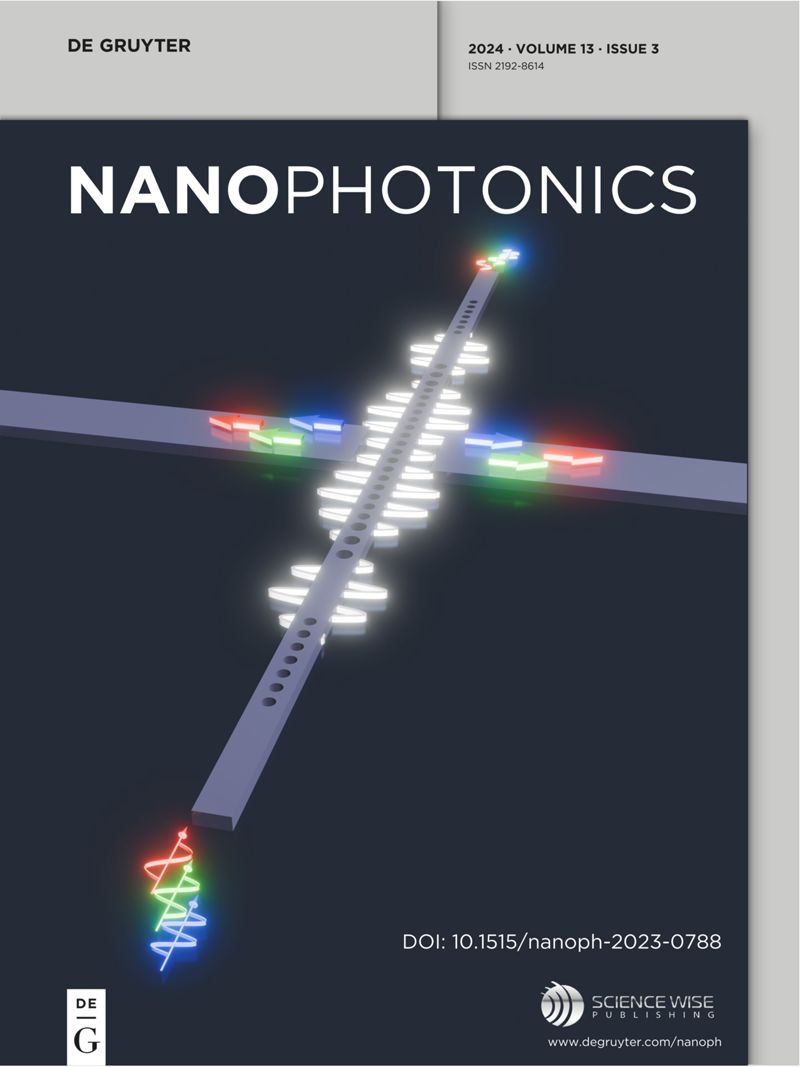Topological chiral-gain in a Berry dipole material
IF 6.5
2区 物理与天体物理
Q1 MATERIALS SCIENCE, MULTIDISCIPLINARY
引用次数: 0
Abstract
Recent studies have shown that low-symmetry conductors under static electric bias offer a pathway to realize chiral gain, where the non-Hermitian optical response of the material is controlled by the spin angular momentum of the wave. In this work, we uncover the topological nature of chiral gain and demonstrate how a static electric bias induces topological bandgaps that support unidirectional edge states at the material boundaries. In our system, these topological edge states consistently exhibit dissipative properties. However, we show that, by operating outside the topological gap, the chiral gain can be leveraged to engineer boundary-confined lasing modes with orbital angular momentum locked to the orientation of the applied electric field. Our results open new possibilities for loss-compensated photonic waveguides, enabling advanced functionalities such as unidirectional, lossless edge-wave propagation and the generation of structured light with intrinsic orbital angular momentum.Berry偶极子材料的拓扑手性增益
最近的研究表明,静电偏压下的低对称性导体提供了一种实现手性增益的途径,其中材料的非厄米光学响应由波的自旋角动量控制。在这项工作中,我们揭示了手性增益的拓扑性质,并演示了静电偏置如何在材料边界诱导支持单向边缘状态的拓扑带隙。在我们的系统中,这些拓扑边缘状态一致地表现出耗散特性。然而,我们表明,通过在拓扑间隙外操作,可以利用手性增益来设计具有轨道角动量锁定于外加电场方向的边界受限激光模式。我们的研究结果为损耗补偿光子波导开辟了新的可能性,实现了单向、无损边波传播和产生具有固有轨道角动量的结构光等先进功能。
本文章由计算机程序翻译,如有差异,请以英文原文为准。
求助全文
约1分钟内获得全文
求助全文
来源期刊

Nanophotonics
NANOSCIENCE & NANOTECHNOLOGY-MATERIALS SCIENCE, MULTIDISCIPLINARY
CiteScore
13.50
自引率
6.70%
发文量
358
审稿时长
7 weeks
期刊介绍:
Nanophotonics, published in collaboration with Sciencewise, is a prestigious journal that showcases recent international research results, notable advancements in the field, and innovative applications. It is regarded as one of the leading publications in the realm of nanophotonics and encompasses a range of article types including research articles, selectively invited reviews, letters, and perspectives.
The journal specifically delves into the study of photon interaction with nano-structures, such as carbon nano-tubes, nano metal particles, nano crystals, semiconductor nano dots, photonic crystals, tissue, and DNA. It offers comprehensive coverage of the most up-to-date discoveries, making it an essential resource for physicists, engineers, and material scientists.
 求助内容:
求助内容: 应助结果提醒方式:
应助结果提醒方式:


